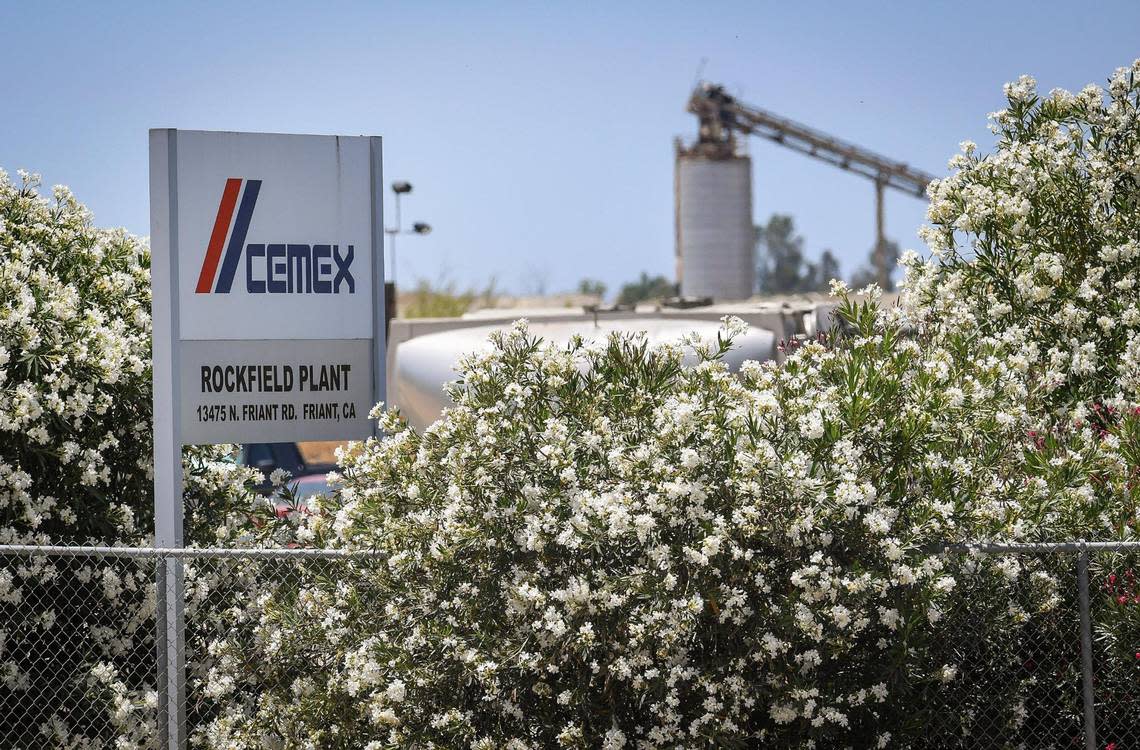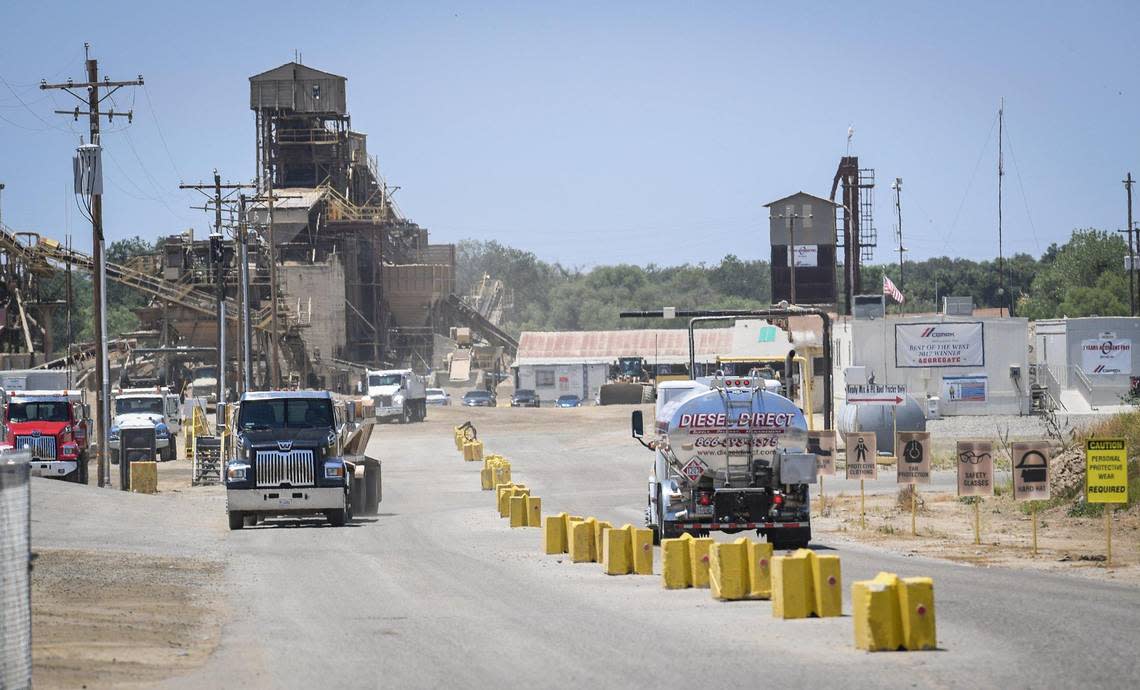Fresno is right to question county’s approval of mining company permit | Opinion
Fresno County’s stubborn refusal to study the impacts of continued gravel mining along the San Joaquin River is being challenged by its largest municipality.
Beating the 15-day deadline by one day, the city of Fresno on Thursday formally appealed a June 8 decision by the Fresno County Planning Commission to extend CEMEX’s conditional use permits for operating its gravel mining quarry and plant sites along Friant Road until 2027.
Until the extension, CEMEX’s permits were set to expire in July.
Fresno City Attorney Andrew Janz said the decision to file the appeal was made by City Manager Georgeanne White through the planning division upon recommendation and advice from his office.
Per City Hall sources, a majority of the Fresno City Council supported the decision.
Opinion
The city’s appeal (which included a $508 filing fee) will be heard by the Fresno County Board of Supervisors at a future date and could serve as a precursor to litigation.
“All options are on the table,” Janz said. “Ultimately that will be a decision that is to be made by the Fresno City Council. But absolutely, the city is considering options including filing a lawsuit against the county.”
In the city’s appeal are two comment letters submitted to the county in March that took issue with the existing environmental impact report for CEMEX’s quarry site, which dates to the 1980s.
The first letter, signed by Fresno Planning & Development Director Jennifer Clark, delineates six reasons why environmental documents used to justify the permit extension are “no longer adequate.” One is the simple, unequivocal fact that CEMEX’s quarry “is not fully located within the boundaries” of the EIR relied upon by the county to justify the extension. (Gee, where have you read that before?)
The second letter, also signed by Clark, points out how the existing EIR does not cover substantial changes in traffic patterns that have occurred since the 1980s or their impacts on Fresno.
“The city disagrees with the methodology behind the county approving the two permits for CEMEX,” Janz said. “They are relying on a completely insufficient and outdated environmental impact report. The city would never, to my knowledge, rely on a document that is so out of date.”
Bredefeld: Analysis on CEMEX impacts lacking
Fresno City Councilmember Garry Bredefeld, whose district includes the Friant Road corridor, said even though CEMEX is “important to our economy,” the county can’t continue to rely on decades-old traffic and environmental studies.
“Without any doubt there hasn’t been enough analysis of the adverse impacts of the work that’s being done from CEMEX,” Bredefeld said. “Again, I want to be clear: Their work is important. But they do have to address the impacts on our roads and on our air quality.
“The (county) can’t use an outdated EIR to say everything’s fine. It is not fine. I drive Friant every single day. There are trucks going by every single moment, and those impacts need to be addressed. The county may want to ignore it, but we’re not going to ignore it.”
Bredefeld also pointed to a recent study by the city’s public works department that identified nearly 140,000 annual vehicle trips generated by CEMEX’s existing operations. Which is several times more than the number identified in the 1986 EIR that the county continues to trot out.
Bredefeld, who is running for county supervisor against incumbent Steve Brandau, said he returned a $1,500 donation from CEMEX that he solicited in order to comply with SB 1439, the new state law that compels local lawmakers to recuse themselves from votes related to certain businesses that donate more than $250 per year to their political campaigns.
“That is simply not acceptable to me,” Bredefeld said. “I have to deal with this issue.”

Biding time for blast mine
CEMEX sought the four-year extension to continue mining and processing gravel, at least in part, to give county staff and consultants more time to prepare a draft environmental impact report that evaluates the company’s audacious proposal to continue mining near Lost Lake Park via even more environmentally destructive methods not seen before in the region.
Because even in Fresno County, you can’t get away with blasting a 600-foot-deep pit near a river that holds state designation as a recreation and riparian corridor (and close to where county supervisors themselves are eager to build hundreds of more homes) without doing a thorough environmental assessment.
What the city of Fresno, and others, are arguing is that the county’s decision to extend CEMEX’s existing permits for four more years past their intended horizon, based on an environmental report written nearly 40 years ago, is unjustified.
Janz also took issue with claims, published by other local media, that the county’s environmental documents for CEMEX are up to date.
“We’ve looked into that, and that is not true,” Janz said. “So if anyone tries to say they’ve done a recent EIR, I challenge them to go out there and find it.”
Thank goodness Fresno County is being compelled to justify its flimsy environmental standards covering CEMEX’s continued operations along the San Joaquin River.
Since the county won’t do the right thing on its own, a little forcing by California’s fifth-largest city is most welcome.

